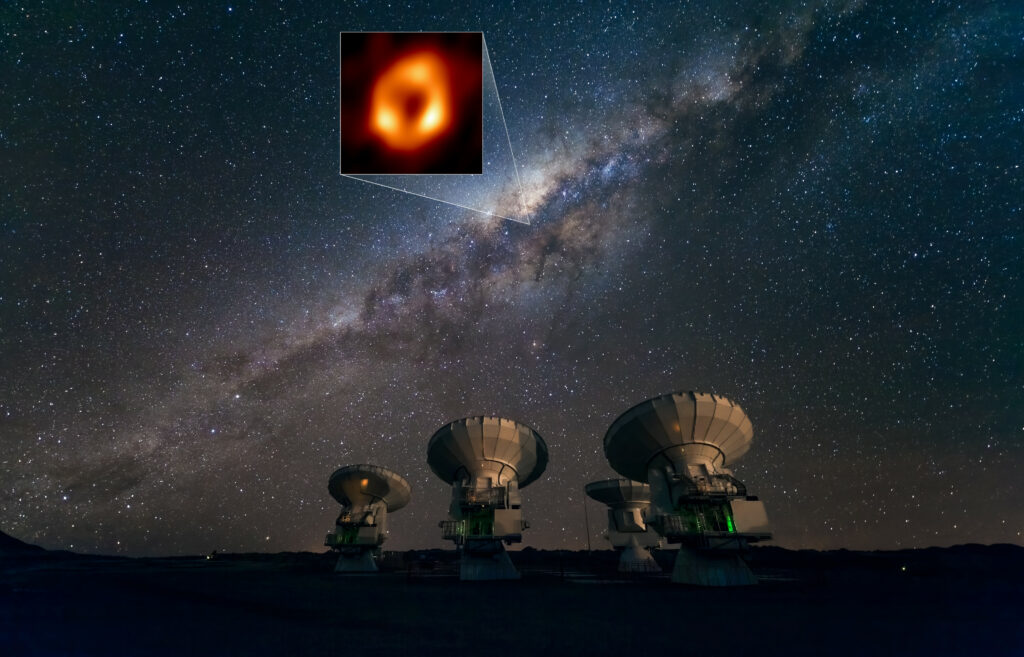The ALMA array of radio telescopes suspended scientific observations due to a hacker attack. This was reported on the observatory’s Twitter account.
The significance of the ALMA Observatory
ALMA is the largest astronomical instrument on Earth. It is a complex of 66 antennas (54 antennas with a diameter of twelve meters and 12 antennas with a diameter of seven meters) located on the territory of the Chankhnator plateau in Chile at an altitude of over five kilometers above sea level. Their key feature is mobility. Depending on the task, the antennas can be moved relative to each other, removing up to 16 km. For this purpose, two special hundred-ton conveyors are used.

ALMA antennas capture signals in the millimeter and submillimeter ranges and are capable of operating in interferometer mode as a single instrument. The observatory is one of the most important tools of modern astronomy. It is used to study nebulae, regions of active star formation, search for newborn exoplanets, and also took part in obtaining a historical image of the shadow of a black hole.
Cyberattack against ALMA
The hacker attack on ALMA took place on October 29, 2022. According to the representatives of the observatory, it did not lead to equipment failure or leakage of scientific data. However, it paralyzed the work of the complex. Because of this, the observatory’s management had to suspend all observations, as well as the use of the telescope’s website and internal email.
ALMA Services Affected by Cyberattack | Last Saturday, October 29, at 6:14 AM, the ALMA observatory in Chile suffered a cyberattack on its computer systems, forcing the suspension of astronomical observations and the public website.
— ALMA Observatory???? (@almaobs) November 2, 2022
At the moment, it is unknown when ALMA will be able to resume observations. The last time such a long suspension of the complex occurred in 2020 due to the COVID-19 pandemic.
Hackers pose a threat not only to ground infrastructure, but also to spacecraft. You can learn more about this from our article “How to destroy a satellite without firing a single shot“.
Follow us on Twitter to get the most interesting space news in time
https://twitter.com/ust_magazine
